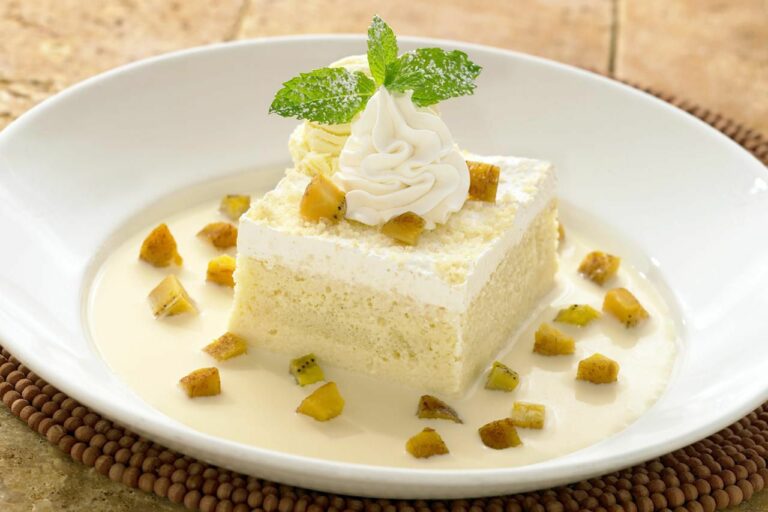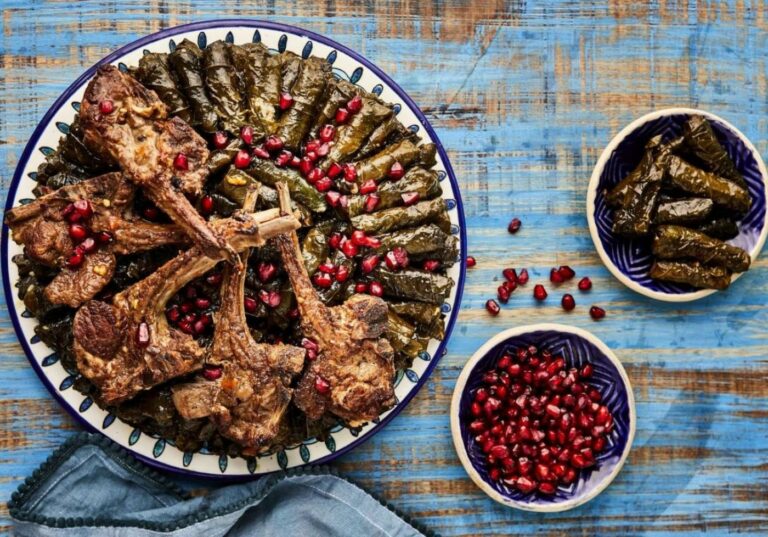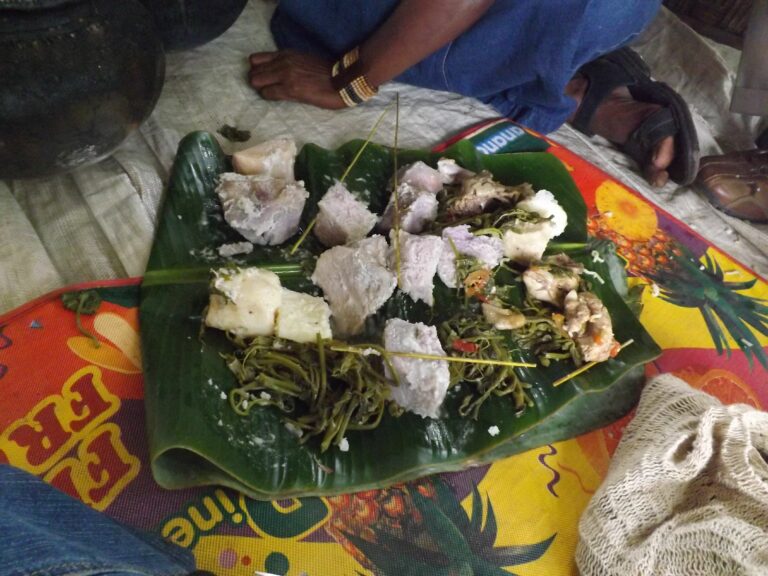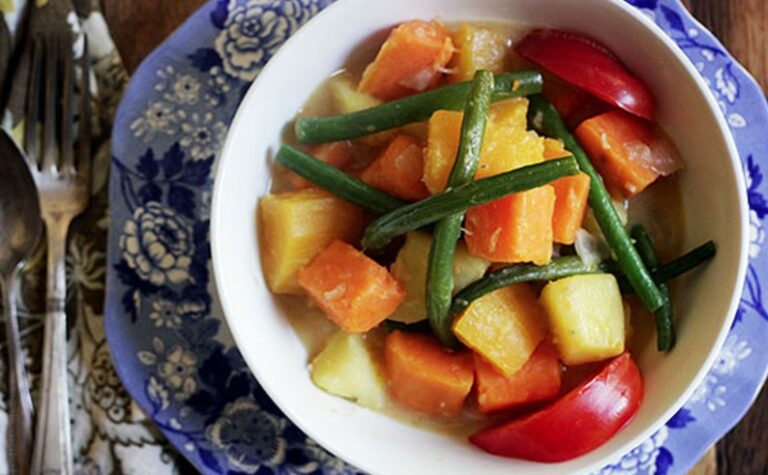Introduction: Dietary Restrictions in Panama
Dietary restrictions are becoming more common these days as people are paying more attention to the food they consume. In Panama, it is no different. People are becoming more aware of gluten intolerance, dairy allergies, and veganism. This has led to a need for restaurants and food vendors to offer options suitable for those with specific dietary restrictions.
Gluten-Free Panamanian Dishes
Gluten-free diets have become increasingly popular in recent years. For those with gluten intolerance or celiac disease, Panamanian cuisine can still offer some delicious options. One popular dish that is gluten-free is Sancocho, a hearty soup made with various meats, vegetables, and herbs. Another gluten-free option is Ceviche, a dish made with fresh seafood and citrus juices.
Dairy-Free Panamanian Dishes
Dairy allergies or lactose intolerance can be challenging when it comes to Panamanian cuisine as many dishes contain milk, cheese, or butter. However, there are still some options available. A classic dish that is dairy-free is Arroz con Pollo, a rice and chicken dish cooked with tomatoes, onions, and peppers. Another option is Tostones, fried plantain slices served as a side dish or snack.
Vegetarian Panamanian Dishes
Vegetarianism is also becoming increasingly popular in Panama, and there are several vegetarian options available. One of the most popular is Patacones, which are fried green plantains that are served with a variety of toppings, such as beans, cheese, or guacamole. Another vegetarian option is Chorreadas, a sweet corn pancake that is often served for breakfast or as a snack.
Vegan Panamanian Dishes
Veganism is still relatively new in Panama, but more and more vegan options are becoming available. One vegan dish that is popular is Chicheme, a sweet corn drink made with cinnamon, sugar, and coconut milk. Another vegan option is Fried Yuca, a starchy root vegetable that is often served as a side dish or snack.
Conclusion: Exploring Panamanian Cuisine with Dietary Restrictions
Panamanian cuisine has a lot to offer those with dietary restrictions. From gluten-free Sancocho to vegan Chicheme, there are plenty of options to choose from. It is essential to communicate any dietary restrictions with servers or vendors to ensure that the food is prepared to your specifications. With a little research and communication, it is possible to enjoy the delicious flavors of Panama while still adhering to dietary restrictions.










